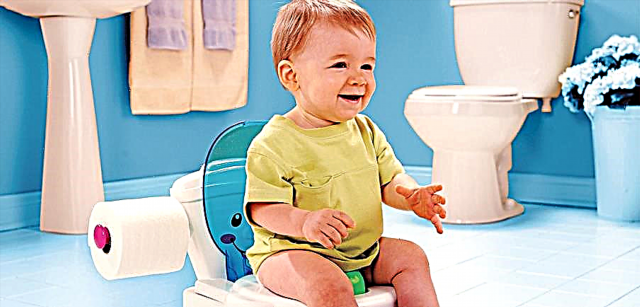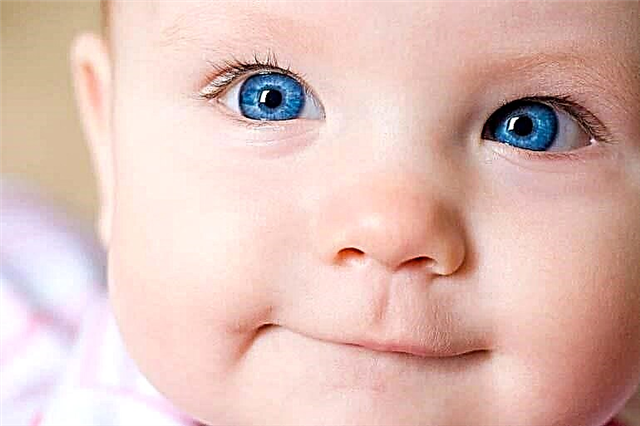
When going to a maternity hospital for a second baby, not all pregnant women know that a second birth can have its own distinctive features.
Everyone has heard at least once that giving birth again is usually easier and faster, but is it really so? In this article, we will talk about the specifics of the birth of a second baby and find out what can affect this process.

The main differences
Every birth is different. Therefore, there is nothing surprising in the fact that a particular woman's second birth will be completely different from the first. If you look at the situation as a whole, relying on the numbers and facts of statistics, then more than 90% of women who gave birth for the second time note that the second birth is significantly different from the first (a survey of puerperas was conducted in one of the clinics in West Virginia in 2003) ...
The difference is noticeable at almost all stages, starting from the period of bearing the baby. During pregnancy, women are more calm about its outcome, but before an important event, they worry no less than primiparas. To eliminate unnecessary excitement, you need to imagine how the classic second childbirth proceeds.


Timing and duration
Normal urgent (on time) delivery is considered to be from 37 to 42 weeks of gestation.
And even if a woman gave birth for the first time at 40 weeks, this does not mean that the situation will repeat itself during the second birth. Most often (more than 80%), the birth of a second baby occurs earlier - at 38-39 weeks. Only every twenty-second baby appears on the day of the expected date of birth. 40 weeks or more, the second pregnancy is rare.
The body of a woman who already has birth experience prepares faster and earlier for the birth act, and signs of approaching labor appear, on the contrary, later.
During the first childbirth, a woman could begin to notice "precursors" 2-3 weeks before the onset of childbirth, and before the second, symptoms such as abdominal prolapse and plug discharge appear only a couple of days, or even a few hours before the onset of labor contractions.

The cervix ripens faster, opens softer and faster under the pressure of the fetal head from the inside, due to this, contractions begin earlier. Their duration is also significantly different from the duration of the process in primiparous. For the first time, all stages usually take from 9 to 14 hours. Most of the multiparous give birth in a shorter time - from 6 to 8 hours. The muscles of the birth canal, the uterus are more stretched, they are more elastic than those of the firstborn, and therefore each of the periods is "remembered" by the body and proceeds faster.
The duration is influenced by the psychological state of the woman in labor, and the manner of her behavior in the delivery room. A woman giving birth for the second time usually knows more precisely what and when to do, when and how to follow the instructions of the obstetrician, how to breathe correctly, to push. In some cases, in women, the second childbirth is more difficult and longer than the first, but this is rather an exception associated with certain pathologies of pregnancy, with the state of health of the woman in labor, with her age and other factors, which we will discuss below.

Periods
If everything starts according to the classical scheme (and this is exactly what happens in 90% of women in labor), then the beginning of the process will be the development of regular labor. Contractions at the very beginning will not be painful, and with a second birth, the onset often goes unnoticed at all. The woman takes the pulling sensations in the lower back for fatigue, "harbingers", remembering that for the first time it was exactly like that. As a result, when it becomes obvious that a real birth has begun, the dilatation of the cervix is already approaching 3-4 centimeters.
The period of latent contractions (latency) during the second birth is reduced from 8 to 5-6 hours. With contractions every 5-10 minutes, you must come to the obstetric facility. In the active stage, contractions become more painful, and rest periods between them are shorter. For those giving birth for the second time, this period lasts about 3 hours, which is at least 2-3 hours less than the first time.

Transient contractions, which separate the period of contractions from attempts, at the birth of a second baby, pass even faster and take no more than half an hour. After that, the cervix is completely open, and the period of pushing begins. Some people manage to give birth to a baby in just a few attempts, but not all. Although for the rest, this period does not take much time.
After all, the second stage of labor takes 30-40 minutes. But the third period can be a little delayed compared to the first birth: the placenta in multiparous is born usually a little longer, more often there is a need for manual separation and auxiliary obstetric techniques.
Is a second birth more painful? Usually not. On the contrary, the greater elasticity and elongation of the birth canal helps to reduce pain. With the repeated process, there is less need for an episiotomy or perineotomy (dissection of the perineum to facilitate the birth of the head).


Recovery
The recovery period after the birth of the second baby usually lasts shorter. Women begin to get up, move faster, do not experience significant problems with lactation and breastfeeding. It is much easier for them to cope with a newborn when they are together than for happy mothers of first-borns.
The likelihood of complications after childbirth is at the level of the former. The underlying risks are assessed in the same way. The only difference is in the higher risk of uterine hypotension. Weaker contractions in the postpartum period may be associated with fatigue and stretching of the uterine muscle tissue.

Hypotension of the reproductive organ creates the risk of developing postpartum hemorrhage. Therefore, the postpartum woman is closely monitored. If the contractility of the uterus raises questions, contraction drugs are injected, which increase the tone of the uterine muscles. This complication occurs in 0.5% of all repeated births.
An infectious and inflammatory process can also develop. As in the case of the first birth, the risk of such a complication is no more than 2.5%. The stitches in the perineum, if any, become inflamed or diverge in 3% of cases, usually when hygiene and maintenance requirements are ignored. A drop in immunity after repeated childbirth is a frequent phenomenon, and therefore an exacerbation of chronic diseases in a woman, as well as infection with viral or bacterial ailments, is possible.

What influences?
Multiple factors can influence the nature and characteristics of repeated labor. They must be taken into account by obstetricians-gynecologists. Whether the second birth will be easier or more difficult depends, among other things, on the following points.
The interval between pregnancies
After a previous birth, the female body needs time to recover. Therefore, a break between childbirth of 2-4 years is considered optimal. If less has passed, it is possible that both pregnancy and childbirth can proceed with complications. Delayed second birth is also not the best option.
10 years after the first, after 13-14 years, the woman's body begins to "forget" the existing generic experience at the level of muscle and neural "memory", and then the second birth proceeds as the first. Forgetting begins about 7 years after childbirth.

Mother's age
A woman's age plays an important role not only for the first birth, but also for repeated ones. Firstly, the genetic quality of eggs deteriorates over the years, and therefore the risks of giving birth to a baby with chromosomal abnormalities and defects increase.
The process of childbirth itself also depends on the age of the woman in labor. Women over the age of 37 usually give birth more difficult than others, as well as too young girls who at the time of the birth of their second baby were barely 19.


Health status
If a woman is generally healthy, does not suffer from excess weight, hypertension, chronic diseases of internal organs, then there are essentially no grounds for prolonged or difficult childbirth. But the generic process is very difficult to predict, since it depends not only on physiology, but also on the psychological mood of the pregnant woman, her emotional background.
The birth process can be complicated by multiple pregnancies, polyhydramnios or low water, entanglement with the umbilical cord, placenta previa, and a large fetus. In some situations, it is safer to have a planned caesarean section, and this possibility will be discussed with a woman if she has the prerequisites. A woman is usually informed about all the risks that are identified during gestation in a consultation. If during the first birth there were serious ruptures, then the likelihood of their recurrence increases by 50%.
If the first birth was rapid, the same probability exists in the second pregnancy. An early risk assessment and correct management of pregnancy and childbirth in many cases help to prevent negative consequences.

Reviews of women
The question of whether second births are easier is often discussed in thematic forums on the Internet. And the opinions for the most part fully confirm the general average statistics: the second time they give birth faster and easier. But there are also opposite reviews: usually a more difficult second birth is a consequence of pathologies and aggravating factors.
Some women in childbirth decided to experiment for the second time and agreed to give birth in an upright position or to partner. But most still try to adhere to the usual traditions: in a maternity hospital or a perinatal center, and not under a contract, but free of charge, under the compulsory medical insurance policy, since by the time of the birth of a second baby it becomes obvious - no amount of money will make the process any better.

For information on what you need to remember before the second birth, see the next video.



